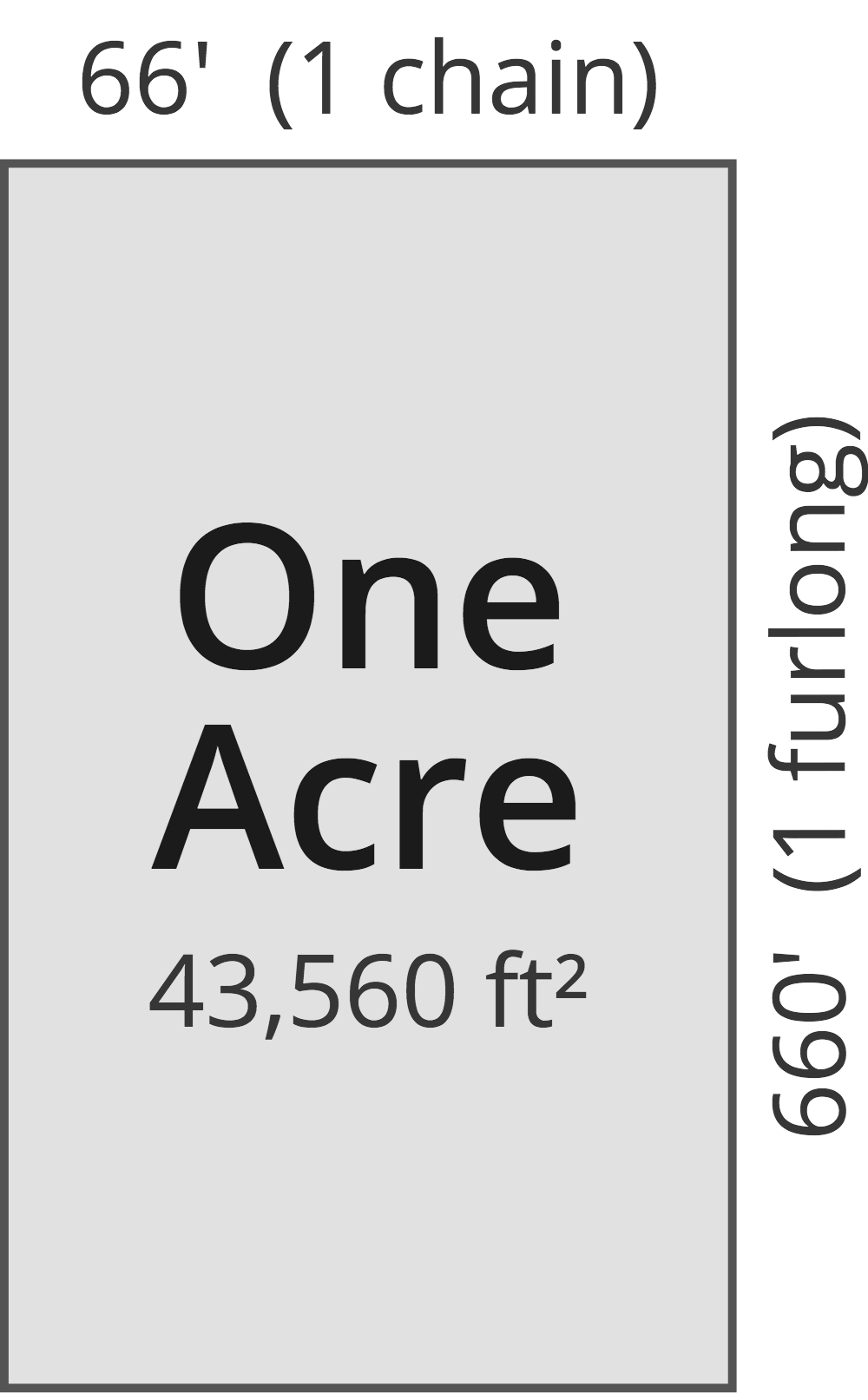Topic area and perimeter of rectangle worksheet: Explore the fascinating world of geometry with our comprehensive "Area and Perimeter of Rectangle Worksheet", designed to enhance your mathematical skills through interactive and engaging exercises.
Table of Content
- Understanding the Basics of Rectangles
- YOUTUBE: Finding Area and Perimeter of a Rectangle
- Formulas for Calculating Area and Perimeter
- Interactive Worksheets and Activities for Practice
- Exploring Rectangles in Real-Life Contexts
- Advanced Concepts: Diagonal and Relationships with Other Shapes
- Step-by-Step Guides for Solving Rectangle Problems
- Using Technology: Online Calculators and Tools
- Teaching Resources and Classroom Activities
- Challenging Exercises for Enhancing Understanding
- Practical Applications: From Geometry to Everyday Life
Understanding the Basics of Rectangles
Rectangles are fundamental shapes in geometry, characterized by their unique properties. A rectangle is a four-sided polygon (quadrilateral) with four right angles, making it a type of parallelogram. However, what sets it apart is that its opposite sides are not only parallel but also equal in length. This simple yet elegant shape forms the basis of many real-world objects and mathematical concepts.
- Definition: A rectangle is a flat shape with four straight sides and four right angles, with opposite sides of equal length.
- Properties: Rectangles have several key properties, such as opposite sides being equal and parallel, diagonals that bisect each other and are of equal length, and the sum of interior angles totaling 360 degrees.
- Area: The area of a rectangle is calculated by multiplying its length by its width (Area = Length × Width).
- Perimeter: The perimeter of a rectangle is the total length of its boundaries, calculated as twice the sum of its length and width (Perimeter = 2 × (Length + Width)).
Understanding these fundamental aspects of rectangles is essential for solving problems related to their area and perimeter. These concepts not only apply to theoretical mathematics but also have practical applications in fields such as architecture, engineering, and design.
| Attribute | Description |
| Sides | Four sides, with opposite sides equal in length |
| Angles | Four right angles (90 degrees each) |
| Area Formula | Length × Width |
| Perimeter Formula | 2 × (Length + Width) |
| Diagonals | Equal in length and bisect each other |
With this foundation, learners can explore more complex geometrical concepts and understand how rectangles fit into the broader spectrum of shapes and figures.

READ MORE:
Finding Area and Perimeter of a Rectangle
\"Discover the secrets of creating stunning art using the simple shape of a rectangle in this captivating video. Unleash your creativity as you learn unique techniques and perspectives that will elevate your artwork to a whole new level!\"
Finding Area and Perimeter of a Rectangle
\"Unleash the power of learning with our engaging and educational worksheet video. Packed with interactive activities and helpful explanations, this video will make learning fun and enjoyable for learners of all ages. Join us on this journey of knowledge and watch your understanding soar!\"
Formulas for Calculating Area and Perimeter
Understanding the formulas for calculating the area and perimeter of a rectangle is crucial for solving various mathematical problems. These formulas are straightforward and are the foundation of many practical applications in real-life scenarios.
- Area of a Rectangle: The area is the region covered by a rectangle. It is calculated by multiplying the length and the width of the rectangle. The formula is expressed as Area = Length × Width. This formula implies that the area is measured in square units, representing the surface the rectangle covers.
- Perimeter of a Rectangle: The perimeter is the total distance around the edge of the rectangle. It is calculated by adding the lengths of all four sides. Since opposite sides of a rectangle are equal, the formula simplifies to Perimeter = 2 × (Length + Width). The perimeter is measured in linear units.
These formulas are not only essential for academic purposes but also find application in fields such as architecture, interior design, land surveying, and more.
By mastering these formulas, students and practitioners can effectively solve problems and execute projects that involve rectangular shapes.
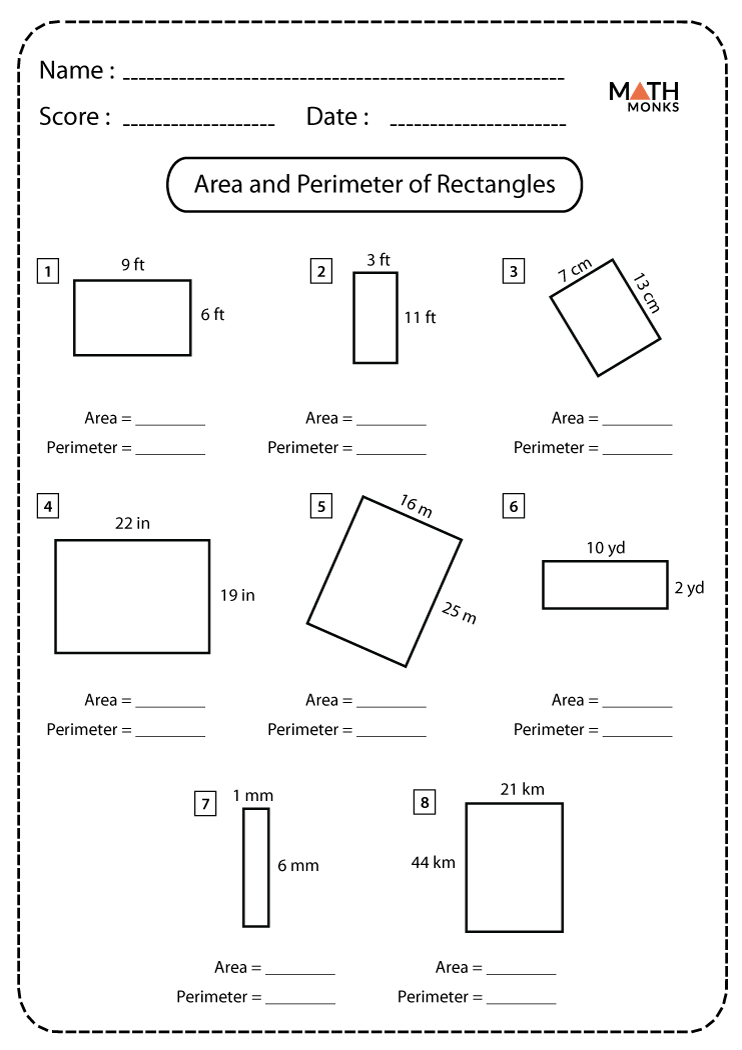
Interactive Worksheets and Activities for Practice
Engaging in interactive worksheets and activities is an effective way to reinforce the understanding of the area and perimeter of rectangles. These resources offer diverse methods suitable for various age groups and learning stages, enhancing the learning experience in an enjoyable and effective manner.
- Grade-Specific Worksheets: Worksheets are tailored for different grades, ranging from Kindergarten to Grade 5, ensuring that the complexity and content are appropriate for the learner’s age and skill level.
- Variety of Exercises: Exercises include a mix of counting squares, applying formulas, and solving word problems. This variety helps in building a comprehensive understanding of the concepts.
- Real-Life Application Scenarios: Some worksheets integrate real-life scenarios, making the learning process more relatable and practical.
- Use of Different Measurement Units: Exercises include the use of various measurement units like inches, feet, meters, etc., which aid in understanding and applying the concepts in different contexts.
- Digital Accessibility: Many of these resources are available online, offering easy access and interactive experiences. Printable versions are also available for offline practice.
- Comprehensive Skill Development: Alongside area and perimeter, some worksheets incorporate related geometric concepts, providing a holistic approach to learning.
These worksheets are not only educational but also engaging, making them a valuable tool for teachers and parents to aid in the mathematical development of students.

Exploring Rectangles in Real-Life Contexts
Rectangles are not just theoretical geometric figures; they have numerous applications in our daily life. Understanding how rectangles are used in various real-world scenarios enhances our appreciation of geometry\"s practicality.
- Home and Building Design: In architecture, the area and perimeter of rectangles are crucial for designing rooms and buildings. Calculations of these measurements are essential for determining the size and layout of spaces.
- Art and Fashion: The concepts of area and perimeter are integral in art and fashion. Designers often use these measurements for scaling and proportioning artworks and clothing, ensuring the desired visual impact.
- Packaging and Shipping: The perimeter of rectangles helps in determining the right box sizes and packaging materials, crucial in logistics to ensure safe and cost-effective shipping.
- Astronomy: In astronomy, the area and perimeter are used to measure distances between planets and their orbital motions, forming the basis of various astronomical laws and theorems.
- Computer Graphics and Gaming: The gaming and entertainment industries heavily rely on the precise calculations of area and perimeter for creating realistic and engaging graphics.
- Education and Creative Activities: Educational activities, like designing kites or playing educational games involving area and perimeter, help in understanding these concepts in a fun and interactive way.
- Urban Planning: Urban planners use perimeter measurements to determine boundaries for buildings, neighborhoods, and urban zones, aiding in zoning regulations and property development.
These real-life applications of rectangles demonstrate their importance beyond the classroom, highlighting the practical aspects of geometric concepts.

Advanced Concepts: Diagonal and Relationships with Other Shapes
Exploring the diagonal of a rectangle and its relationship with other shapes provides deeper insights into geometry. The diagonal of a rectangle offers a fascinating glimpse into the properties and relationships of this fundamental shape.
- Diagonal Formula: The length of a rectangle\"s diagonal can be calculated using the Pythagorean theorem. If a rectangle has a length \"l\" and a width \"w\", its diagonal \"d\" is given by the formula d = √(l² + w²).
- Properties of Diagonals: In a rectangle, the two diagonals are congruent, meaning they have equal length. They bisect each other and divide the rectangle into two congruent right-angled triangles. This bisecting property is essential for understanding the rectangle\"s symmetry and structure.
- Diagonals in Different Shapes: The concept of diagonals extends to other polygons as well. For example, a square, which is a special type of rectangle with equal sides, also has diagonals. These diagonals in a square are equal in length and intersect at right angles, unlike the diagonals of a rectangle which do not intersect perpendicularly.
- Applications: Understanding diagonals is crucial in various applications. For instance, in the case of televisions and monitors, the screen size is often referred to by the length of its diagonal. Similarly, in architecture and design, diagonal measurements are vital for creating and understanding the dimensions of a space or an object.
This exploration of diagonals not only enriches our understanding of rectangles but also connects to broader geometric principles and real-world applications.

_HOOK_
Step-by-Step Guides for Solving Rectangle Problems
Understanding the principles of solving problems related to rectangles is essential for students and geometry enthusiasts. This section provides a structured approach to tackle such problems effectively.
- Identifying Given Information: Start by identifying and noting down all the given parameters, such as length, width, perimeter, area, or diagonal of the rectangle.
- Choosing the Right Formula: Depending on what you need to find (area, perimeter, or diagonal), select the appropriate formula. Recall that area = length × width, perimeter = 2 × (length + width), and diagonal = √(length² + width²).
- Substituting the Known Values: Substitute the known values into the chosen formula. If some values are missing, use other given information to calculate them first.
- Calculating the Solution: Carry out the necessary calculations. Be careful with units of measurement and conversions if required.
- Checking Your Work: Verify your solution by checking if it makes sense in the context of the problem. For example, the area and perimeter should correspond to the physical dimensions of the rectangle.
Following these steps will help you methodically solve rectangle problems, whether they are straightforward calculations or more complex geometry puzzles.
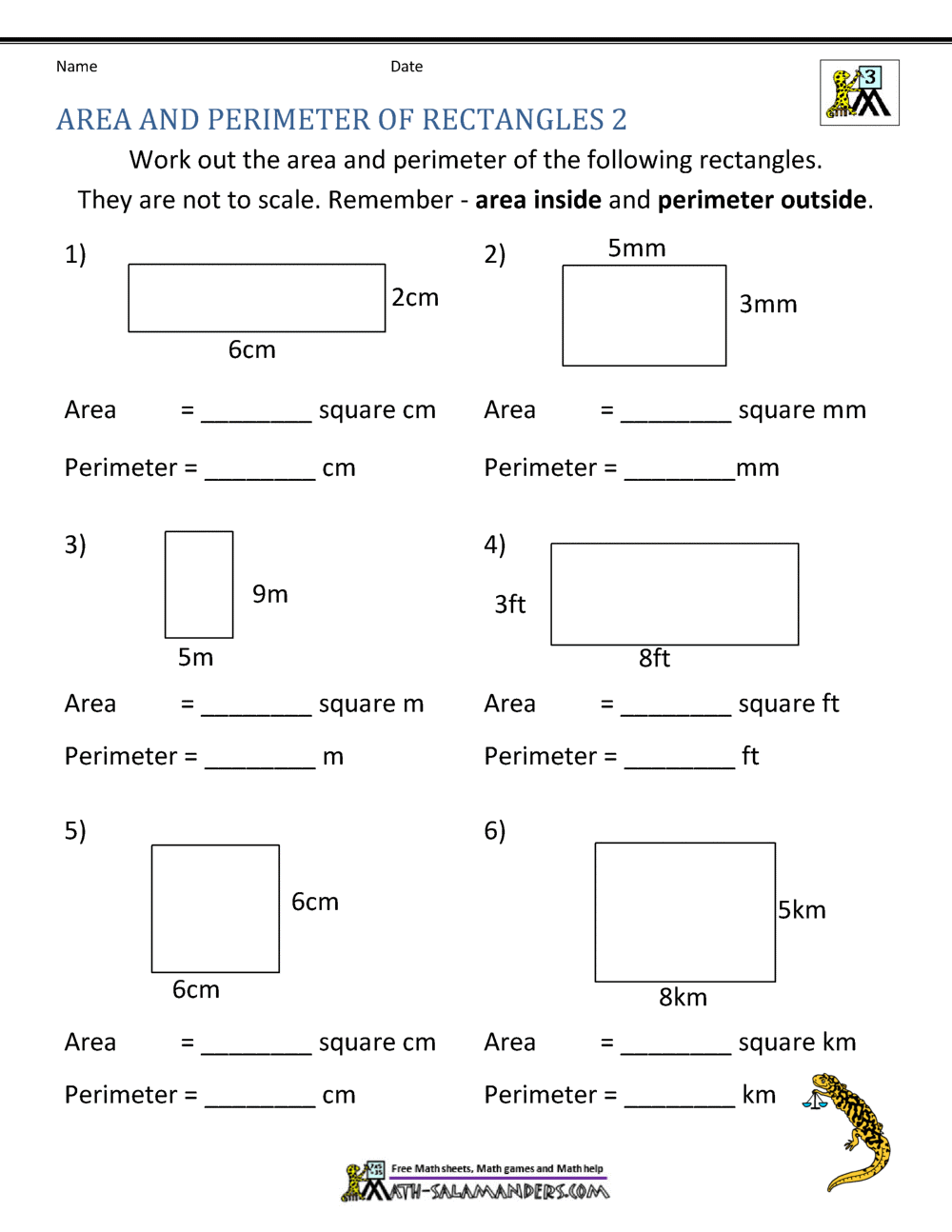
Using Technology: Online Calculators and Tools
Embracing technology in geometry education enriches learning experiences. Online calculators and tools offer efficient ways to compute areas and perimeters of rectangles. Let\"s explore some notable online resources:
- Area of a Rectangle Calculator: This intuitive tool simplifies calculating the area and perimeter of rectangles. By entering the length and width, students can instantly receive the area, perimeter, and even diagonal length. For deeper understanding, the calculator employs the Pythagorean theorem to determine the diagonal, enhancing students\" comprehension of geometric relationships.
- Rectangle Area & Perimeter Calculator: This comprehensive tool not only calculates the area and perimeter but also provides step-by-step solutions. This feature is especially helpful for educators and students who wish to understand the detailed process of solving rectangular geometry problems.
- Interactive Learning Tools: Beyond calculators, numerous interactive tools are available online, offering dynamic ways to explore rectangle properties. These tools often include features like drag-and-drop interfaces, allowing students to visually manipulate rectangles and observe changes in area and perimeter in real-time.
These online resources are invaluable for both in-class and remote learning environments, offering a blend of convenience and depth in understanding geometric concepts related to rectangles.

Teaching Resources and Classroom Activities
Engaging students in understanding the area and perimeter of rectangles can be both fun and educational. Here are some creative teaching resources and classroom activities:
- Four Square Tiles Activity: Students use four square blocks to create shapes and calculate the area and perimeters of each. This activity encourages exploration of different configurations and their mathematical implications.
- Ribbon Square Problem: A more advanced challenge involving making squares with ribbons around a swimming pool. This activity stretches higher learners\" understanding of area and perimeter.
- Spaghetti and Meatballs for All!: A book-based activity where students draw and calculate table formations while reading \"Spaghetti and Meatballs for All!\" by Marilyn Burns.
- Perimeter Person Drawing: Students draw themselves on graph paper and calculate the area and perimeter of their drawing.
- Sticky Note Shapes: Using sticky notes to cover and calculate the area and perimeter of large shapes, enhancing spatial and measurement skills.
- Math Mosaic with Sticky Notes: Students create a self-portrait mosaic or other themes using square sticky notes and calculate the area around their figure.
- Area and Perimeter with LEGO Bricks: Utilize LEGOs to teach area and perimeter, offering a hands-on learning experience.
- Block Letter Names: Students draw their names in block letters on grid paper and calculate the area and perimeter.
- Floor Tile Activity: Using square floor tiles and blue painter\"s tape, students create shapes and calculate their areas and perimeters.
- Pentominoes: Similar to Tetris blocks, pentominoes are great for a variety of math activities, including calculating area and perimeter.
These activities not only make learning geometry fun but also help students understand the practical applications of mathematical concepts in everyday life.
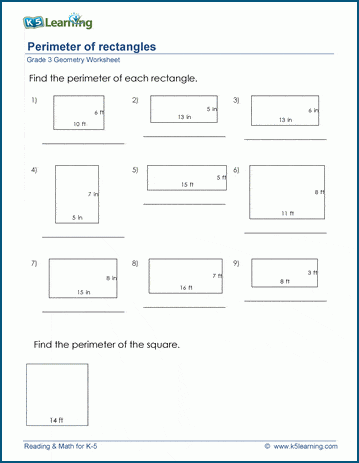
Challenging Exercises for Enhancing Understanding
To deepen students\" understanding of the area and perimeter of rectangles, challenging exercises can be integrated into the curriculum. These exercises are designed to promote critical thinking and problem-solving skills. Here are some ideas for challenging exercises:
- Calculate Width from Area: Provide students with the length and area of a rectangle and ask them to calculate its width. This exercise helps in understanding the relationship between area, length, and width.
- Area from Perimeter of Squares: Challenge students to find the area of a square when given its perimeter. This task reinforces the concept of squares having equal sides and the relationship between perimeter and area.
- Maximizing Area: Give students a fixed perimeter, such as 30 feet of fencing, and ask them to determine the dimensions of the largest possible rectangular garden. This exercise involves optimization and understanding how dimensions affect area.
- Perimeter from Area: Students can be given the area of a square-shaped object, like a chess board, and asked to find its perimeter. This helps students understand how to work backwards from area to perimeter.
- Cost Calculation Based on Area: Introduce real-world applications by providing the cost per unit area of a material, such as carpet, and asking students to calculate the total cost for a given area.
These exercises encourage students to apply their knowledge of area and perimeter in various contexts, enhancing their understanding and problem-solving skills.

READ MORE:
Practical Applications: From Geometry to Everyday Life
Understanding the area and perimeter of rectangles is not just a mathematical skill confined to the classroom. It has numerous practical applications in everyday life. For example, when planning home improvement projects like laying a new carpet, tiling a floor, or building a swimming pool, knowledge of area and perimeter is essential. This section explores how the concepts of area and perimeter are used in various real-life scenarios.
- Home Decorating and Renovation:
- Calculating the amount of paint needed for walls.
- Determining the size of carpets, floor tiles, or wooden flooring.
- Gardening and Landscaping:
- Designing garden layouts and calculating the area for planting.
- Figuring out the amount of fencing needed to enclose a yard.
- Construction and Architecture:
- Estimating materials needed for construction projects.
- Planning space utilization in building designs.
- Educational Activities:
- Interactive and practical learning exercises for students.
- Real-world problem-solving scenarios in classrooms.
- Personal Projects:
- DIY projects like building a dog pen or a table.
- Creating crafts or models that require precise measurements.
Each of these applications not only utilizes the mathematical concepts of area and perimeter but also enhances problem-solving skills and practical knowledge. Whether for personal projects, educational purposes, or professional tasks, understanding these concepts proves beneficial in a wide range of activities.
Discover the vibrant world of geometry with our comprehensive worksheets on the area and perimeter of rectangles. Perfect for both learning and practical application, they\"re a gateway to mastering key math skills essential in everyday life.
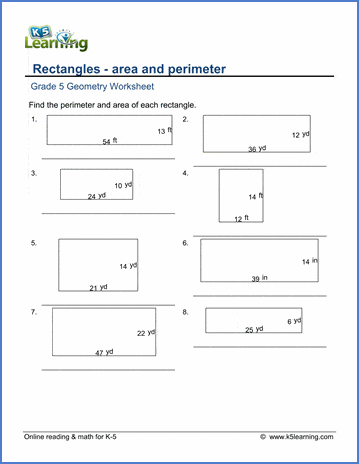
_HOOK_









